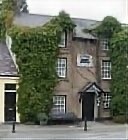CovSoc member, Peter James, tells us the interesting history of the Welsh drovers, and the route they took through Coventry. Peter writes….
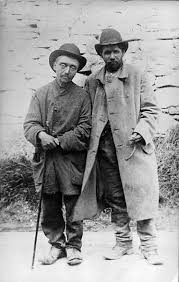
The Welsh Road was a drovers road running from North Wales through the Midlands to South East England. For centuries, until a bridge was built in 1826, cattle swam across the Menai Straits from Anglesey to the mainland. The differential tides at each end of the strait caused strong currents creating dangerous conditions. Drovers would ford the Straits at low tide at places where there was only a depth of two feet or so. In one year in the 18th Century 9,000 cattle were herded and swam across the Menai Straits from Anglesey to North Wales. They were joined by 6,000 from the nearby Lyn Peninsula and 30,000 cattle from Mid Wales.
In the Midlands after leaving Brownhills the drovers would travel to Stonebridge then onwards to Tile Hill via Banner Lane. At its junction with Tanners Lane stood Tanyards Farm, a cottage dating back to the 17th Century. (A tanyard is a place where hides and skins are tanned). As well as tanning hides at the farm some cattle were probably slaughtered there . The route continued along Station Avenue and Cromwell Lane until it reached the junction with Red Lane and Hob Lane. This was a resting place for drovers where people from Tile Hill Village and Burton Green provided hospitality for them.
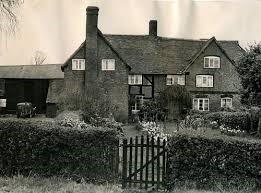
The drove would then continue along Red Lane to Clinton Lane in Kenilworth. On Clinton Lane was the site of The Drovers Inn which operated until c1835 where there was also a tollgate. There are stories of some drovers avoiding paying the toll by using a track at the back of the Inn. No evidence survives of the route taken into Kenilworth town centre from here but it was probably past the castle and over a packhorse bridge which no longer exists. Kenilworth had 3 tanneries, a number of slaughterhouses and at one time 140 combmakers using cow horn to produce hair combs.
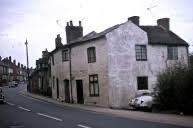
Cattle were important to Kenilworth in the 18th and 19th centuries. From Kenilworth the drovers carried on through Cubbington via a ford at Chesford to Southam then on to London and the South East.
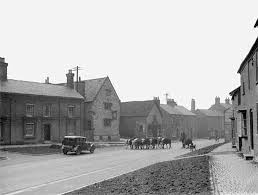
Drovers could sometimes cover 250 miles between Anglesey and the South East. They would buy and sell cattle en route not finishing with the same beasts that they started with. A great deal of money changed hands leaving drovers with large sums of cash and vulnerable to robbers. Drovers in charge normally carried around £100 when they set off and thousands of pounds on the return journey. The Bank of the Black Ox was one drovers bank and was formed in 1799 in Llandovery by David Jones. His wife who was an heiress let him use £10,000 to set it up. By the 1820s there were three branches of the Black Ox in Llandovery, Lampeter and Llandeilo all being run by David’s grandsons.

